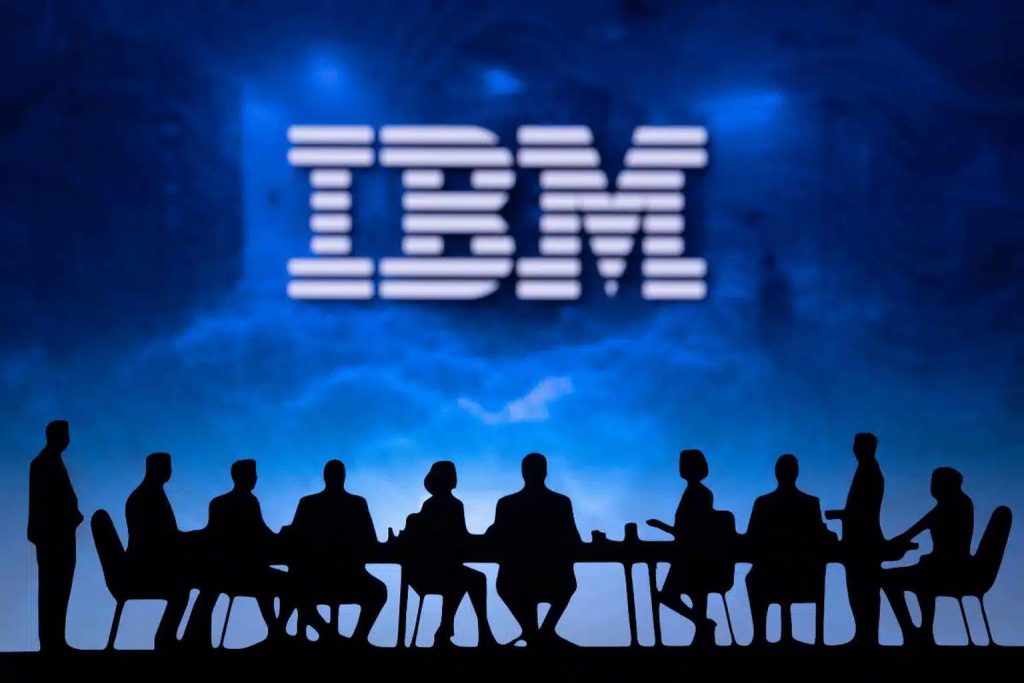In 2023, IBM made headlines by laying off nearly 8,000 employees, mainly in human resources, to make room for artificial intelligence. What seemed like a straightforward move toward automation quickly took an unexpected turn: the tech giant ended up rehiring about as many people as it let go, all thanks to AI’s expanding role within the company. This twist challenges common assumptions about what automation really means for jobs.
How AI reshaped IBM’s workforce and productivity
At the start of 2023, IBM boldly stepped into automating its repetitive tasks, especially within support functions like HR. The company introduced the AskHR solution, an AI-powered assistant handling everything from vacation requests to payroll and employee documentation. This move aimed to automate about 30 percent of HR duties, boosting productivity and cutting costs.
The results were remarkable. IBM claimed that 94 percent of routine HR tasks were now managed by AI, resulting in a $3.5 billion productivity gain across over 70 business units. Yet instead of shrinking permanently, IBM’s total employment actually ticked upward after the layoffs. CEO Arvind Krishna told the Wall Street Journal, “While we’ve done a tremendous amount of work to leverage AI, our total employment has actually increased because it’s allowed us to invest more in other areas.”
Automation didn’t just free up money — it opened opportunities. IBM began recruiting aggressively for positions that demand creativity, critical thinking, and human touch, including software engineers, sales reps, and marketing experts. The roles that AI replaced were highly repetitive, but the need for human skills exploded in strategic and innovative fields.
Why AI isn’t just killing jobs but creating new careers
IBM’s story highlights a major trend in today’s labor market: artificial intelligence is reshaping jobs rather than simply eliminating them. Many routine roles, especially in support services, are fading, but at the same time, fresh opportunities are emerging for workers who can design, manage, and sell AI solutions.
This shift comes with challenges. Companies like Duolingo and various customer service platforms have also experimented with AI chatbots to cut down staff, only to find that automation’s limitations forced them to hire new specialists once again. IBM’s experience mirrors this reality — success in AI-driven downsizing depends heavily on reinvesting savings into growth sectors.
For example, AskHR alone handled over 11.5 million interactions in 2024, dramatically improving customer satisfaction scores from -35 to +74 within a few years. Despite this progress, about 6 percent of inquiries still required human intervention, underscoring that some human skills remain irreplaceable.
What IBM’s AI journey teaches us about the future of work
Looking ahead, IBM’s experience offers valuable lessons on adapting to the AI revolution. According to the World Economic Forum, up to 92 million jobs worldwide could disappear by 2030 due to automation. Still, new careers are springing up rapidly, especially in high-skill areas tied to AI development and oversight.
The key takeaway from IBM is that the rise of AI calls for a deep rethink of employment strategies. It’s not just about job losses but about anticipating change, investing in continuous learning, and evolving alongside AI technologies. Companies will need to balance automation with human ingenuity. Workers, too, should be prepared to reskill or upskill to remain relevant in this shifting landscape.
On a personal note, I once witnessed a company try to replace an entire customer service team with chatbots. The chatbots worked well enough for simple questions, but when complex cases arose, frustration mounted fast. The company scrambled to bring back staff, realizing that tech might free us from drudgery but can’t replace genuine human connection. IBM’s story resonates with that lesson — automation is a tool, not a total substitute.
What do you think? Have you seen AI change your workplace or industry in unexpected ways? Share your thoughts and experiences below. Let’s explore how AI is shaping the future of work together.

